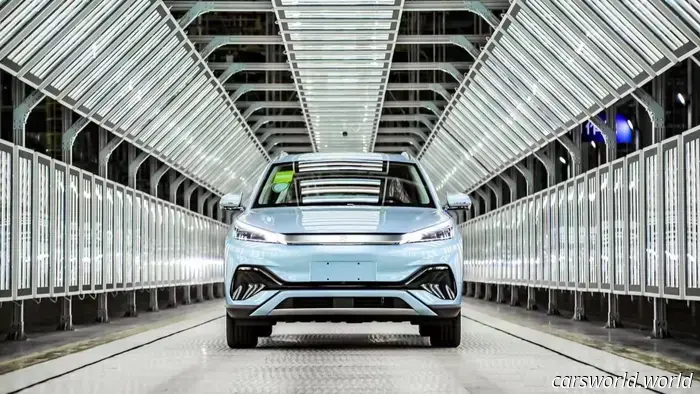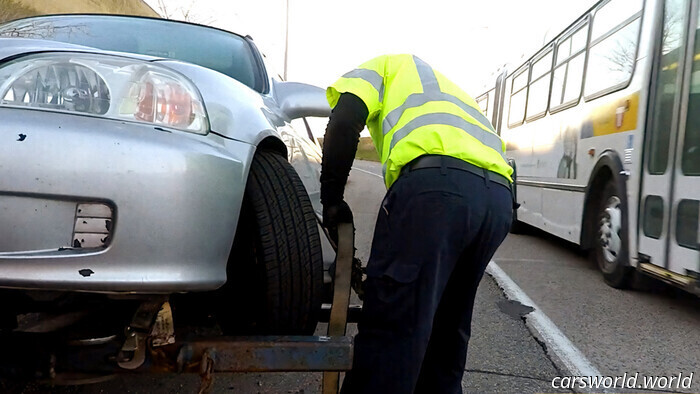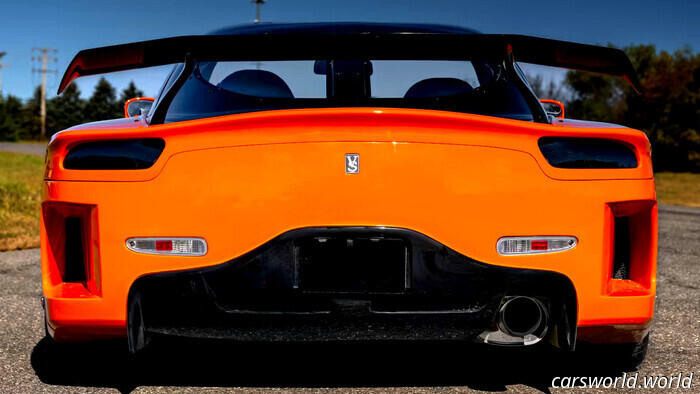
Could implementing two compulsory pit stops enhance the excitement of Formula 1?
Bryn Lennon via Getty
The latest in car news and reviews, no fluff
Subscribe to our free daily newsletter to receive the important stories directly to your inbox every weekday.
This past weekend, multiple sources confirmed that FIA officials will consider mandating two pit stops for every F1 race during this week’s Sporting Advisory Committee and Formula 1 Commission meetings. This proposal follows a rule implemented at this year’s Monaco Grand Prix, where all drivers were required to stop at least twice. If details can be finalized soon, it could be implemented for the 2026 season.
According to PlanetF1, the intention behind this rule—like many others in F1's history—is to enhance on-track excitement by compelling teams to utilize all three tire compounds available that weekend. Cars would begin the race on Compound A, then switch to Compound B during the first pit stop, and finally change to Compound C on the last stop. This would reduce the prevalence of one-stop strategies seen in recent years.
While a one-stop strategy is not inherently problematic—allowing teams to maximize their time racing rather than wasting it in the pit lane—its effectiveness hinges on current requirements for teams to use only two tire compounds instead of three.
Drivers have historically backed a two-pit-stop rule, including Max Verstappen, who indicated that enforcing two pit stops instead of merely adding another tire compound would be more beneficial. However, some argue that teams will continually adapt to the guidelines to enhance performance, leading to similar outcomes regardless of whether one, two, or three pit stops are mandated. Presently, teams favor a one-stop strategy because it yields the best on-track performance. With all teams pursuing the same objective, this results in nearly identical strategies and tire rotations. If two pit stops are mandated, teams might very well develop comparable strategies, resulting in minimal changes.
Pirelli chief Mario Isola mentioned to Motorsport.com that while they are “trying to do something beneficial for the spectacle,” it is likely that all teams will begin to imitate one another’s strategies under the new rules.
“Yes, we’ve discussed this on several occasions,” Isola told Motorsport. “I recall that last time we had some simulations from the teams. We engaged with other stakeholders, including the FIA, F1, and the teams, and asked them, if we choose these three compounds for events A, B, C, D, and E, what is your predicted strategy? We requested the teams to conduct those simulations and report back to us—not publicly, but just to us.
“We found that most teams converged on similar strategies because you have a soft tire lasting for five laps, a medium for about 20 laps, and a hard tire that lasts longer. They essentially replicated the same approach. Therefore, when you impose more constraints, the risk is that everyone ends up heading in the same direction,” he added.
I believe that even if strategies are similar, increasing the number of pit stops does heighten the chances of unpredictability throughout the race. This year, for example, McLaren has struggled with their pit stops, leading to several races being compromised for both drivers, particularly Oscar Piastri, who suffered from an error he didn’t commit during the Monza race. Ferrari has faced similar issues throughout the season, which seem to increase as you look further down the grid.
Mercedes’ George Russell shared his perspective, noting that any artificial changes made to enhance the spectacle could fail to satisfy anybody.
“I think Pirelli receives criticism regardless,” Russell stated. “When there’s significant tire degradation, people say it’s not authentic and that drivers can’t push. When there’s little degradation, we call it a dull race. In reality, you want a tire that allows full throttle but doesn’t last the entire race. Ideally, you’d select a tire you can race aggressively on, but that degrades after 15 laps.”
Do you think enforcing two mandatory pit stops would make F1 races more thrilling, or would it essentially maintain the status quo?
Have a tip? Email us at [email protected]


Other articles
 Ford CEO States That China Has the Potential to 'Drive Us All Out of Business': TDS
Ford CEO Jim Farley remarked on the similarities between today's Chinese car industry and that of Japan in the 1980s.
Ford CEO States That China Has the Potential to 'Drive Us All Out of Business': TDS
Ford CEO Jim Farley remarked on the similarities between today's Chinese car industry and that of Japan in the 1980s.
 $4,900 for a Taillight? Lucid's Absurd Lease Fees Are Detering Potential Buyers | Carscoops
Following a $7,400 bill received by an Air owner at the end of their lease, growing anger prompted the automaker to reassess its inspection procedures.
$4,900 for a Taillight? Lucid's Absurd Lease Fees Are Detering Potential Buyers | Carscoops
Following a $7,400 bill received by an Air owner at the end of their lease, growing anger prompted the automaker to reassess its inspection procedures.
 The Critical Law That Most Drivers Don’t Grasp Until It’s Too Late | Carscoops
The majority of drivers continue to overlook a crucial safety guideline intended to safeguard roadside personnel, as recent data reveals prevalent misunderstanding and lack of action.
The Critical Law That Most Drivers Don’t Grasp Until It’s Too Late | Carscoops
The majority of drivers continue to overlook a crucial safety guideline intended to safeguard roadside personnel, as recent data reveals prevalent misunderstanding and lack of action.
 Fulfill Your Tokyo Drift Aspirations With This VeilSide Mazda RX-7 | Carscoops
An almost flawless replica of the RX-7 from Tokyo Drift is set to go up for auction, featuring turbo enhancements and a level of detail comparable to that seen in the film.
Fulfill Your Tokyo Drift Aspirations With This VeilSide Mazda RX-7 | Carscoops
An almost flawless replica of the RX-7 from Tokyo Drift is set to go up for auction, featuring turbo enhancements and a level of detail comparable to that seen in the film.
 Audi Targets Mercedes-Maybach with Q9 Horch SUV: Spy Images
Are you prepared for another premium German luxury SUV? Introducing Horch!
Audi Targets Mercedes-Maybach with Q9 Horch SUV: Spy Images
Are you prepared for another premium German luxury SUV? Introducing Horch!
 2025 Ford Expedition Review: Aiming to Win Over Families, But Will It Succeed?
Eye-catching, family-friendly packaging is appealing; however, it remains uncertain whether this will be sufficient for the Ford Expedition to surpass the Chevy Tahoe.
2025 Ford Expedition Review: Aiming to Win Over Families, But Will It Succeed?
Eye-catching, family-friendly packaging is appealing; however, it remains uncertain whether this will be sufficient for the Ford Expedition to surpass the Chevy Tahoe.
Could implementing two compulsory pit stops enhance the excitement of Formula 1?
The FIA is currently in talks to modify the F1 regulations, with some believing that it would enhance "the show," while others argue that the excitement would stay unchanged.
